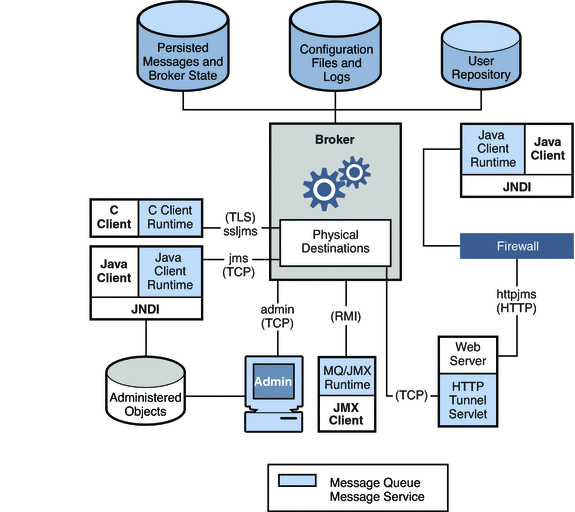
Apache ServiceMix) or simply by executing a java program which contain the route. Here is an array-based queue implementation. Another possibility is to deploy a small Camel route in a container (e.g. Our choice here is to use an array of size \(n+1\). As we know, Queue supports delete operation in two forms: Queue.remove(): It throws an exception if the operation fails. The Delete operations returns the head element of the queue, if it performs successfully. Which of these solutions to adopt is purely a matter of the In this section, we will discuss about Java Queue Delete operation in-detail with some useful examples. One obvious solution is to keep an explicit count of the number ofĮlements in the queue, or at least a Boolean variable that indicatesĪnother solution is to make the array be of size \(n+1\),Īnd only allow \(n\) elements to be stored.
#Clear queue java full
We must seek some other way to distinguish full from empty queues. Throws: IllegalArgumentException - if the initial capacity is less than zero. Parameters: initialCapacity - the initial capacity of the hash table. In similar manner, we can be sure that two of the \(n+1\) statesĪre indistinguishable by the \(n\) relative values of front public HashSet (int initialCapacity) Constructs a new, empty set the backing HashMap instance has the specified initial capacity and default load factor (0.75). The Pigeonhole Principle states that, given \(n\) pigeonholesĪnd \(n+1\) pigeons, when all of the pigeons go into the holes weĬan be sure that at least one hole contains more than one pigeon. This is an example of the Pigeonhole Principle. We invent a special case for, say, empty queues. However, there are only \(n\) possible values for rear unless Values for rear are needed to distinguish among the \(n+1\) Since: 1.If the value of front is fixed, then \(n+1\) different

That said, one can still look at, (), etc.

Is that such Queue.Item only captures the state of the item at a particular moment,Īnd by the time you inspect the object, some of its information can be already stale. Gets created in the queue (in which case you get ScheduleResult.Created. (in which case you get ScheduleResult.Existing instance back), or a new item Is about to shutdown.) Otherwise the task is either merged into existing items in the queue Returns: ScheduleResult.Refused if Jenkins refused to add this task into the queue (for example because the system Upon the start of the build, these Actions will be automaticallyĪdded to the Run object, and hence available to everyone.įor the convenience of the caller, this list can contain null, and those will be silently ignored. Parameters: actions - These actions can be used for associating information scoped to a particular build, to In that display function again check if the queue has some data or not. Now use the display function to display the data. Else increase the position of the front by one. Check the position of front, if front is at -1 or front is at rear+1, then queue is empty. Author: Kohsuke Kawaguchi See Also: QueueListener, Steps to delete an element in a Queue in Java. In addition, at any stage, an item can be removed from the queue (for example, when the userĬancels a job in the queue.) See the corresponding field for their exact meanings. To try an execute on the node that no longer exists. Instantiated the only option is to let the Queue.Executable bomb out as soon as it starts Is safe to move the pending item back to buildable. Many of the container type data structures in Java come with a clear () method. Starts, where the node is removed before the Queue.Executable has been instantiated it The tail of the queue is that element that has been on.

The head of the queue is that element that has been on the queue the longest time. This queue orders elements FIFO (first-in-first-out). An unbounded thread-safe queue based on linked nodes.
If the node they are assigned to execute on disappears before their Executor thread public class ConcurrentLinkedQueueNote: In the normal case of events pending items only move to left. (enter) -> waitingList -+-> blockedProjects Items in queue goes through several stages, as depicted below: So that we can keep track of additional data used for deciding what to execute when. While in the queue, it's wrapped into Queue.Item This class implements the core scheduling logic.


 0 kommentar(er)
0 kommentar(er)
